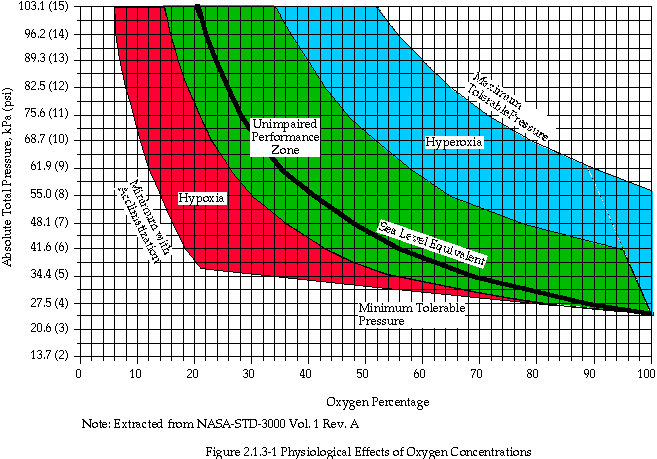
Introduction
In the DeltaGliderIII, men breathe O2 and exhale CO2 back into the cabin. The missing O2 is replaced from the O2 tanks and the CO2 is eliminated by the CO2 remover. Total consumption of O2 and the amount of CO2 expelled is based on number of men aboard and their heart rates. The N2 tanks replace air lost when you operate the airlock and repressurize the cabin when you set a higher pressure. They are much smaller than the O2 tanks.
You must manage all these systems to keep your crew healthy. The best way to do so is to follow the check-lists carefully. You're not obligated to make all the pressure and O2 level changes required in each check-list, but they may add to the realism.
Two systems for safety!
You have two O2 tanks and two N2 tanks (A and B), as well as two recycling system (A and B). However, note that the A and B switches are unrelated; in other words, the recycle button A doesn't command tank A. They are separate systems.
Usually both recycling AB and tank AB should all be ON when you're in a critical flight phase like landing or take off for safety reasons. When both A and B tanks are ON, the O2 or N2 needed is taken from the A tank until it is empty, at which point it will switch to B. You can also mix the A and B recycling circuits. For example, setting MOIST to "A", CO2 to "B", COOLER to "A", and FAN to "B" will work.

One MFD to see everything you need
On the lower part the MFD are buttons that help you monitor and control crew health, O2 consumption, automatic system settings, and more. Click each button to see what information is displayed. You can set the cabin temperature, pressure, and other parameters by clicking the "SET" button.
O2
During critical phases of flight (landing, de-orbiting, take-off) stress on the crew can be high. The chart below gives some idea of the percentage of O2 needed to maintain the health of the crew for given pressures (although bear in mind that the life support computations in the DG2 don't follow this chart exactly).

CO2
Usually, in a home, the CO2 levels can vary as much as 300 - 2000 ppm. Several studies have shown that CO2 does not seriously impact human health until levels reach approximately 15,000 ppm. This level is more than 40 times greater than the normal concentration of atmospheric CO2. At extremely high levels, i.e., 30,000 ppm (these concentrations are usually never be reached in a standard home), the symptoms can include nausea, dizziness, depression, convulsions, and vomiting. At extremely high levels, loss of consciousness may occur. The seriousness of the symptoms is dependent on the concentration of carbon dioxide and the length of time the individual is exposed. At CO2 concentrations of 100,000 ppm or more, death is almost certain.
The moral of this story--make sure the CO2 levels in your DG2's cabin are safe!!!
